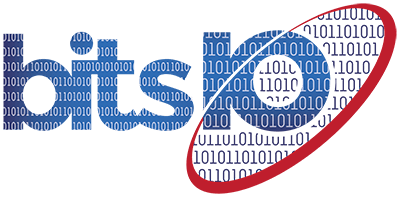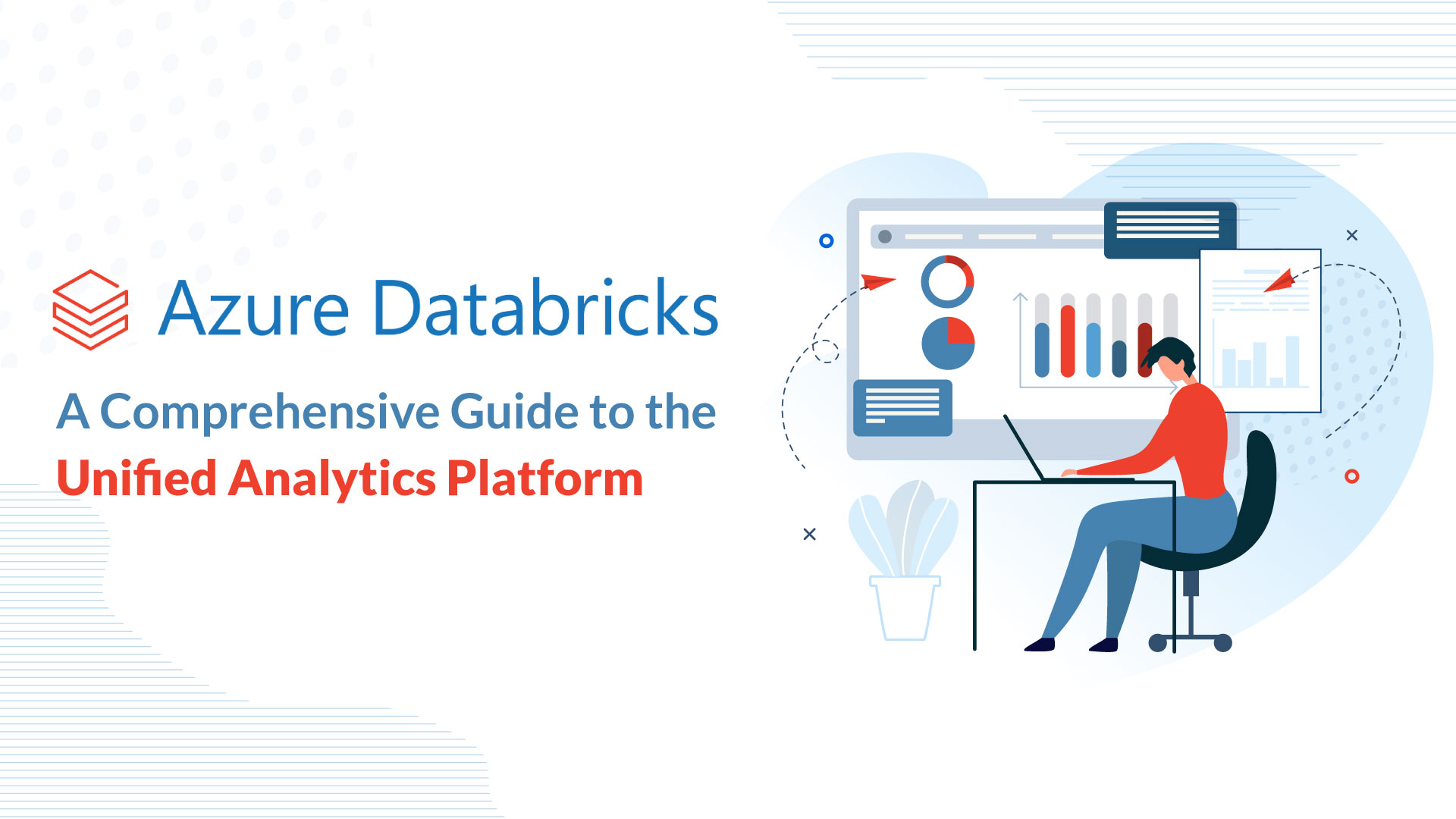
As more data is generated in every industry and organization, it creates a tremendous opportunity for businesses to better understand their customers — and, in turn, provide better service to them. But this wealth of data also has a downside that most business leaders are painfully aware of: While amassing data has become easier, analyzing and understanding it has become more complex.
All that data must be sorted and searched to find the right information, which has typically been a slow and painstaking process. And when there is so much data to sift through, how do you know where to begin?
That’s where Splunk comes in. To put it as simply as possible, Splunk is a software platform that was created to help make sense of machine-generated log data. It is primarily used for searching and monitoring machine-generated Big Data using a web-style interface. Once it discovers the requested data, Splunk uses its algorithms to assemble that information and provide companies with operational intelligence.
Operational intelligence zeroes in on recurring business processes and events and looks for ways to improve them. It could be considered the analytics side of business intelligence, and it is a key component for industries ranging from financial services to logistics and beyond. But operational intelligence relies on urgent, accurate, real-time intelligence that can be acted on immediately.
Such immediacy was not always possible in the past. However, Splunk provides users with that instant search and analysis that equips companies with an informed competitive edge. Being able to analyze the data — not just collect it — is a critical step because the solution to different problems is hidden in machine data. The Splunk technology, which was developed in 2003 and launched a year later, is scalable and versatile, making it easy to capture, index and correlate real-time data.
In addition to helping better understand how customers are behaving, the insights gathered by Splunk can show where businesses might be falling short and what areas they need to improve. This leads to the opportunity to provide better service, create happier customers and ultimately boost your organization’s bottom line.
How Does Splunk Work?
One way to understand Splunk is to think of it as “Google for log files.” Today, data for companies is generated by a growing number of sources, including sensors, network devices, mobile phones, the Internet of Things (IoT) and more. But there are challenges to the massive influx of data, particularly:
1. It is complex to understand
2. It is not in a structured format
3. It is difficult to analyze
Splunk was designed to resolve these three challenges by aggregating the data, analyzing it and then storing it. One of its biggest advantages is that since it stores the data directly, it doesn’t require a backend or database. Instead, it uses its indexes to store the data.
Within a designated searchable container, Splunk will capture, index and correlate the data. Then, it presents the outcomes in an easily digestible format. This can include graphs, reports, alerts, dashboards and visualizations. Splunk can use that machine-generated data to recognize data patterns, produce metrics, diagnose problems and, as previously mentioned, present intelligence that can instantly be applied to business operations. It also helps the user detect which configurations are being utilized within the log files — something that is typically a challenge for users.
What Is Splunk Used For?
Splunk has become a popular choice for application management, security and compliance. It’s also used for business and web analytics. Because it simplifies the task of searching for specific data that is buried in massive amounts of more complex data, Splunk has become a go-to option for troubleshooting system failures.
When Splunk collects machine data, it divides the stream of data into individual “events.” In Splunk-speak, “events” are raw text and fields, such as a source, source type, hosts and time. The data is then stored to the Splunk index, where it will be available when a search is launched.
One of the most critical events is the timestamp field, which allows users to look for events within a specific time range. This can be a big timesaver for system administrators and other users who need to hone in on exactly when a problem occurred. Splunk can find that quickly and easily, and then can drill down into that time period to discover the underlying cause of the problem. Then, users can create alerts to make sure the issue does not occur again.
Is Splunk Right for Your Business?
Around the world, more organizations are relying on Splunk; this includes finance and insurance, information technology, retail, trade and more. Users have come to depend on it for their business needs, fraud prevention, service performance improvement, overall cost reduction, customer insight and cybersecurity.
Splunk’s popularity has grown because its instant access improves productivity and can be applied in a number of ways. It also has a rich developer environment that allows you to build Splunk apps quickly with help from approved web languages and frameworks.
If you are dealing with Big Data, Splunk can help navigate that information quickly and easily. And, as the landscape of Big Data continues evolving, so are Splunk’s capabilities, meaning it can help you stay up to date and up to speed — today and in the future.



